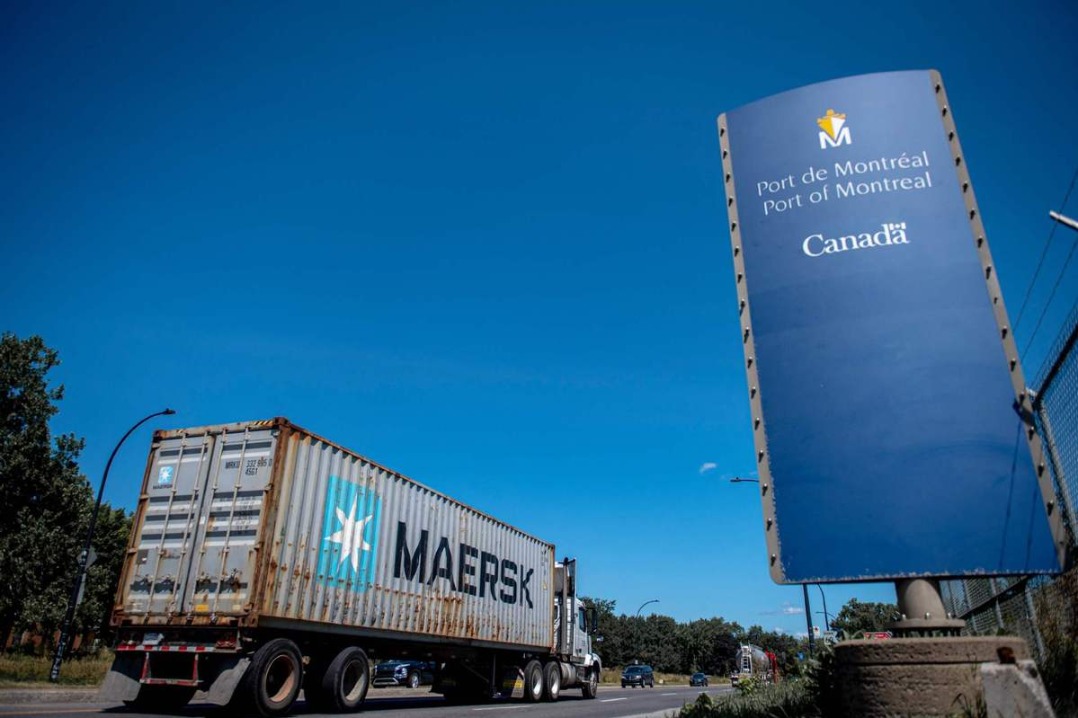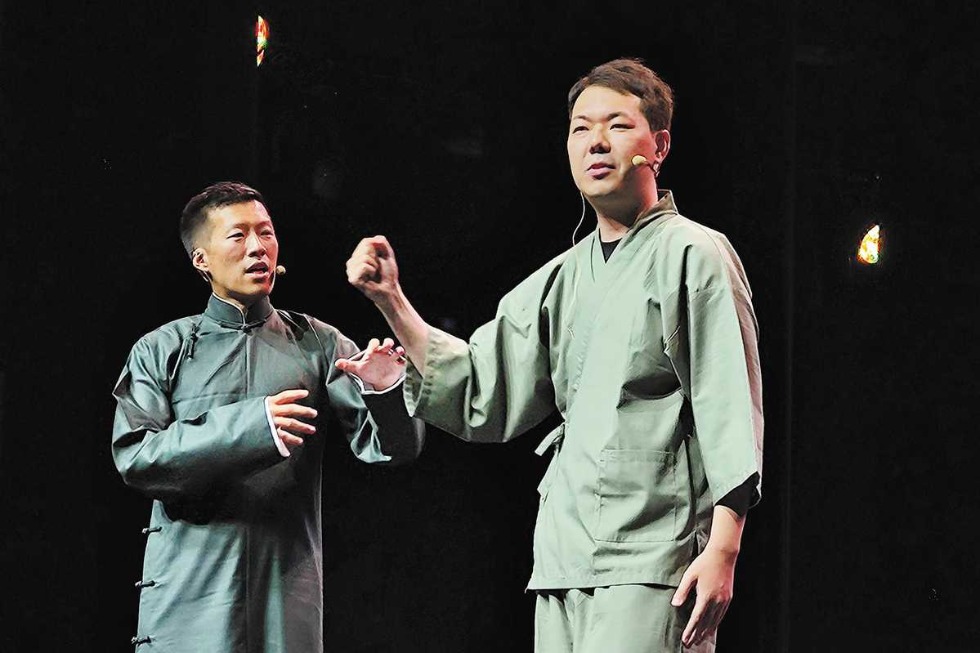Report highlights how US prisoners toil for paltry pay

In many prisons in the United States, inmates do much of the maintenance work, from working in a kitchen cleaning areas, running a library, and even giving haircuts.
Some prisoners work for industries and institutions beyond the prison walls. In California, where wildfires have been raging in recent years, prisoners have worked as fi refi ghters since the 1960s and account for about one-third of the state's fi refi ghter population.
The private sector also benefi ts from prison workers. A report found that they generate billions of dollars worth of goods and services annually, but are paid pennies per hour without proper training or opportunity to build career skills after release.
The report, titled "Captive Labor: Exploitation of Incarcerated Workers", was released in June by the Global Human Rights Clinic at the University of Chicago and the American Civil Liberties Union, or ACLU.
The report found that more than 800,000 incarcerated people work behind bars. About 76 percent of surveyed prisoners said they face punishment, such as solitary confi nement, denial of sentence reductions or loss of family visitation, if they decline to work.
"Most of my lockdowns came from refusing to be a slave …working in fi elds of corn, etc. Free people riding horses with guns telling you to pick this, do that, and/or write you up for disciplinary just because he or she can," one surveyed prisoner in Louisiana was quoted in the report.
More than 80 percent of prison laborers do general prison maintenance to subsidize the cost of the prison system.
Others do work assignments including public work projects such as road repairs, natural disaster assistance, forestry work, and maintenance of parks, schools and government offi ces.
Seven states-Alabama, Arkansas, Florida, Georgia, Mississippi, South Carolina and Texas-pay nothing for the vast majority of prison work.
Most states pay incarcerated workers pennies per hour for their work. The average is between 15 and 52 cents per hour for nonindustry jobs.
"Prison laborers often see up to 80 percent of their paycheck withheld for taxes, room and board expenses, and court costs," the report said. Overall, the report said prisoners produce about $9 billion of services a year, and about $2 billion of goods last year.
"The United States has a long, problematic history of using incarcerated workers as a source of cheap labor and to subsidize the costs of our bloated prison system," said Jennifer Turner, principal human rights researcher with the ACLU's Human Rights Program.
Turner said the incarcerated workers "are stripped of even the most minimal protections against labor exploitation and abuse".
'Exception clause'
The use of incarcerated workers as laborers is rooted in the "exception clause" to the Constitution's 13th Amendment, which bars slavery except for people who have been convicted of crimes. For years, prison laborers have been called slave workers. Like slaves, the report said, prison laborers are at the mercy of their employers.
"They have no control over their work assignments, are excluded from minimum wage and overtime protections, are unable to unionize, do not receive adequate training and equipment, and are denied workplace safety guarantees despite often dangerous working conditions," the report stated.
Unsafe working conditions have led to injuries and even deaths.
"Injury logs generated by the California Prison Industry Authority show that incarcerated workers reported more than 600 injuries over a four-year period," the report said.
Despite their hard work, the low pay renders the prisoners unable "to afford basic necessities like soap and phone calls".
"The US prison system claims to off er rehabilitation to its population, but prison labor programs do just the opposite: they degrade, dehumanize and further cripple incarcerated workers," Mariana Olaizola Rosenblat, a University of Chicago law lecturer and fellow at the Global Human Rights Clinic, told the school's newspaper.






























